The Nub-Tub is finally ready for the fit-out phase. We take her to the experts at Johnson Bros Marine who say, “We’ve never seen anyone want to fit this much shit to a 4.5m boat in our lives.”
Trav and his cohort of contractors have slogged away on the base for three years. They have painstakingly stripped, grinded, sanded, glassed, painted, polished and bled while Jack watched from afar — careful not to let any fibreglass fibres touch his expensive G-Star jeans. When it’s finally time to do the fit-out, though, Jack strolls over to Trav, patronisingly places one hand on his shoulder and says, “I’ll take it from here, mate.”
ALL THE GEAR AND NO IDEA
With Nub-Tub now at its forever home on Sydney’s Northern Beaches (conveniently parked in Jack’s backyard), it’s time to do the fun bit — the electronics and engine fit-out. It had been so long since the project first started that we’d gone through three different outboards. We ordered the first one (a Suzuki 90HP) about two years ago in preparation for the fit-up, but we took too long so the outboard dealer sold it to another customer. The second one (another Suzuki 90HP) also sat around for so long that the cowling decals went out of date.
By this stage, the Suzuki 100HP had been released, so we asked the dealer if we could do a switcheroo. This turned out to be the straw that broke the camel’s back and the dealer politely asked us to take our business elsewhere. It wasn’t just outboard manufacturers and dealers we let down, oh no. Nub-Tub went through a series of electronic upgrades without a single sounder even being fitted. We started with two Simrad NSS7 Evo2 units, which were then superseded by the Lowrance HDS Carbon. We ended up with a Simrad NSS16 Evo3, but it’s all going to be worth it. We hope.
Captain’s Tip: Outboards and electronics should be the last thing you order when rebuilding a boat. Tech is superseded very quickly and delivery time is usually fast. It might be fun to go on a shopping spree at Whitworths, but patience will save you a lot of money in the long run.
MAN FOR THE JOB
OK, so the Nub-Tub is finally ready for fitting up, but the original dealer doesn’t want a bar of us. There’s only one thing to do — bust out The Captain’s Rolodex — a (wooden) desktop card index, for you millennials; The Captain has yet to master the “contacts” function on his newfangled phone — and plead our case to some local (marine) dealers. Benny Johnson from Johnson Bros Marine, a familiar face in the pages of The Captain, is the only man brave or foolish enough to answer our prayers.
“No worries at all Jack,” he mumbles through clenched teeth. “Bring that Nubulus Tubulus of yours down to Bayview and I’ll put Timmy Goozee on the job. He’s my best man.” Now don’t let Tim’s surname fool you, he’s a dab hand on the tools and has been around boats for donkey’s years. However, the look on his face when we back the boat into the warehouse and hand him the ginormous job sheet plus boxes of freshly minted gear, is a mixture of horror and hysteria. “I’ve never fitted so much shit to a 4.5m boat in my life!” he wails. “Benny, hold my calls for the next week, at least.”
Tim’s Tip: When fitting bulk gear to a small boat, it’s critical you have a game plan on how to route and fit everything — prior to starting. When rigging centre consoles, you generally only have one route (under the floor), so make sure you pull through the bigger items first. Nub-Tub got very full in that tube by the end of the fit-up. It was a tight squeeze.
GETTIN’ RIGGY WITH IT
Before drilling any holes into the Nub-Tub, we talk tactics with Tim. “I’m glad you blokes opted for the DF100B,” he explains. “You’re putting a lot of gear into this boat and you’re going to need the extra power. I always recommend people fit their boat’s maximum HP rating. Although you may not need the power all the time, it’s there when you need it. Shaft length is also vital…”
It’s at this point that we interrupt Tim’s tech lecture with a prolonged sniggering fit. A pained look on his face, he draws breath and continues, “As your boat’s performance comes back to getting the correct engine heights. The transoms on a lot of older boats can sit quite low in the water, so I’m glad you’ve raised it up to 25”. Also, having the power head up higher out of the water increases your donk’s lifespan in the saltwater and reduces slop back over the transom when out in the open water.”
Finally, he adds, “The driveshaft on these motors is also offset, meaning the weight sits further into the vessel, rather than out the back. That can only help with weight distribution.”
Tim’s Tip: A common mistake when raising transoms is people not building them strong enough. You can also make them too thick and end up running into issues with your hydraulic steering fitting.
“How about bolting on the engine, Tim?” we ask. “We’ll start by using a transom drilling jig,” he replies. “This provides the universal hole pattern for all makes of engines. Yeah, you heard me right. Whether it’s a 30HP or a 350HP, they all bolt on with the same pattern. From there, we’ll check the centre line and test fit the outboard to find the perfect engine height.
A general rule of thumb is to have your cavitation plate in line with the bottom of the boat. For performance hulls, you start lifting it higher depending on the shape of the hull. Experience helps a lot when choosing engine heights.” “We are so not worthy, all-knowing one!” we cry in unison.
Tim’s Tip: Always triple-check the centre line of your transom from various different points — not just from one side to the other.
FITTIN’ THE FOURFIE
The outboard is the least of our worries. For some reason, Jack decides he needs a Simrad NSS16 Evo3 bracket mounted on the console in case he feels like watching Game of Thrones while out on the shelf.
“The Nub-Tub was tight, real tight, and the binnacle control required precise placement to avoid interfering with the steering and the ridiculously oversized 16” Simrad screen,” Tim remembers. “The control cables had to do a loop up and around the bait tank at the back as the bend was going to be too tight coming out of the floor and into the rig tube.
I had to plan and list every wire, hose and harness. It needed to get through the underfloor tube in size order, as room was very limited.
Tim’s Tip: Fuel flow is important. Make sure you use the right size fuel hose and that there are no points at which the fuel line is going to kink. We ran a 10mm fuel line from the underfloor tank in the console to a water separator filter down the back. From there we ran an 8mm line into the engine.
PROP TESTING
A week or so later, it’s finally time to hit the water. Tim recommends we start with a 14 x 21 pitch first, but isn’t happy with the results. “We were a little ambitious,” he says. “The Nub-Tub got to its recommended RPM range spinning out to 5800RPM, but being at the bottom end of the range, I reckon we try a 19 pitch.”
A quick switch-up and we notice a definite improvement. WOT (wide-open throttle) RPM increases to 6200, trimmed out and Tim finally smiles. Getting onto the plane is a little slow, but we attribute this to the additional weight we’ve built in — the heavy lay-up, accessories, the console position being moved aft and, er, our fat arses. Tim suggests we run the boat for a little while and if we’re still not happy he can install a foil to the cav plate, or a wedge, to keep the bow down when getting onto the plane.
“The only issue with a foil is, you have to commit to drilling holes in your brand new outboard,” he explains, eyeing off our shiny new cav plate and clutching his Makita drill. “Some foils clamp on and don’t require holes, but don’t waste your time. And some people are really against the foils, but in the right situation, they can transform the performance of your boat.”
Tim’s Tip: When prop testing, you’re trying to achieve the manufacturer’s recommended WOT RPM range. I like to see it at the top end of the range with a standard loaded boat. Then, when you’ve got a few extra people or a bit of extra gear, the engine is still in the range.
QUESTIONS WITH CHRIS THOMPSON
Chris Thompson from the Haines Group is a Suzuki guru. He’s the bloke that talked us into the 90HP then the 100HP donk for the Nub-Tub. We asked him a few questions about our new power plant and got his top fit-up tips.
The Captain: Ahoy Chris, why’d you recommend the 100HP Suzi for The Captain’s 445F?
Chris: Simple — power to weight. At just 161kg, it’s the lightest in its class. And as The Captain always says, bigger is better! The Captain: Did you ever think you’d see the day we actually finished it? Chris: Never a doubt!
The Captain: How is the 100HP different from the 70HP — and the 90HP?
Chris: The simple explanation is that it has 10 extra ponies under the cowl. This is achieved with a completely new computer (ECM), a new wiring harness and additional features including a system to detect water in the fuel.
The Captain: Given it’s the same block, will she blow to Kingdom Come the day she runs out of warranty?
Chris: The 70/80/90A series block has been around for over 11 years. Back then, George W Bush was still the president of the USA and Justin Beiber didn’t exist. The proven reliability of this engine speaks for itself.
The Captain: Why did Suzuki introduce the 100HP model?
Chris: With so many different models, versions and repowered boats on the market, Suzuki identified that producing a lightweight 100HP meant we could cater to a wider range of needs. We still have our larger displacement DF100A (2044cc) available if a vessel requires that extra torque.
The Captain: Who will it suit?
Chris: This DF100B will suit most recreational vessels ranging from side or centre console alloy brands to, er, 445F refurbs. Be sure to check your Australian Builders Plate for the weight/HP rating.
The Captain: Um, yeah, about that… The Captain: What are the common mistakes people often make with engine fit-ups?
Chris: I’ll break it down…
1. Prop sizing — pitch and diameter. There is no standard prop per HP. Every boat is different. Correctly propping the outboard to your everyday running situation is critical and can affect the longevity of your outboard.
2. Have an authorised technician fit it — Non-authorised installers will take no responsibility if it’s incorrectly fitted — and that will affect the engine warranty.
3. Engine height — similar to selecting the correct prop — is crucial. Every boat is a little different; getting the heights correct can change the ride, performance and handling immensely.
4. Battery size and spec — follow the manufacturer’s guides and allow for your accessories. Make sure you have an ample supply otherwise you’ll be caught short starting your outboard.
5. Underpowering — fit the maximum HP your vessel is rated to. Better to have the power there and not use it than not have power. Having the power doesn’t mean it will go like a raped ape, it just means you have the torque and power for heavier loads — and it can also get you out of tricky situations where a less powerful HP might struggle.
The Captain: Thanks Chris. Now, about the horsepower rating on the Australian Builders Plate. We might be in a bit of trouble.
Chris: Sorry lads, you’re on your own there.
Johnson Bros Marine: If you’re based in Sydney and looking for a fit-up specialist, drop Johnson Bros Marine a line. 1710 Pittwater Road, Bayview, NSW 0414 346 662. www.johnsonbrosmarineservices.com.au

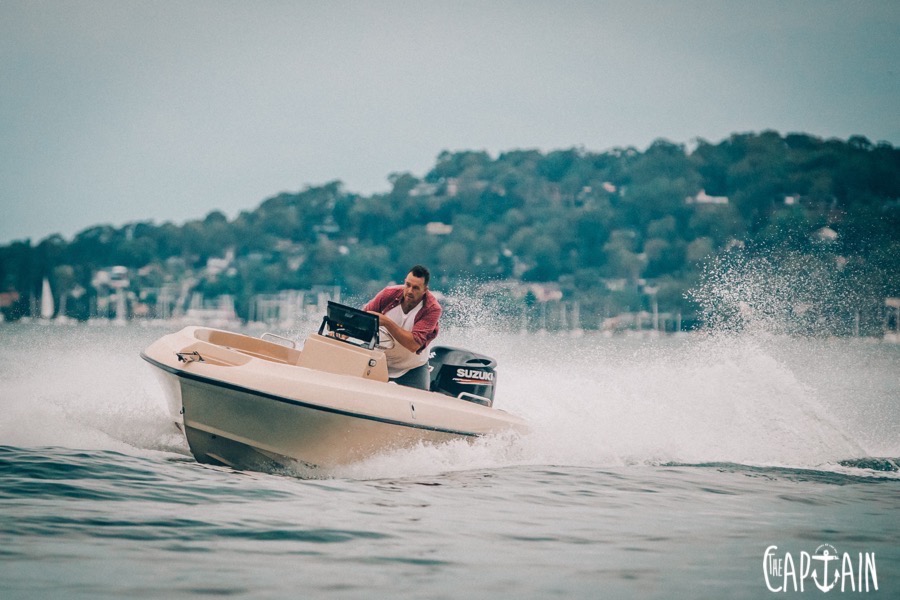





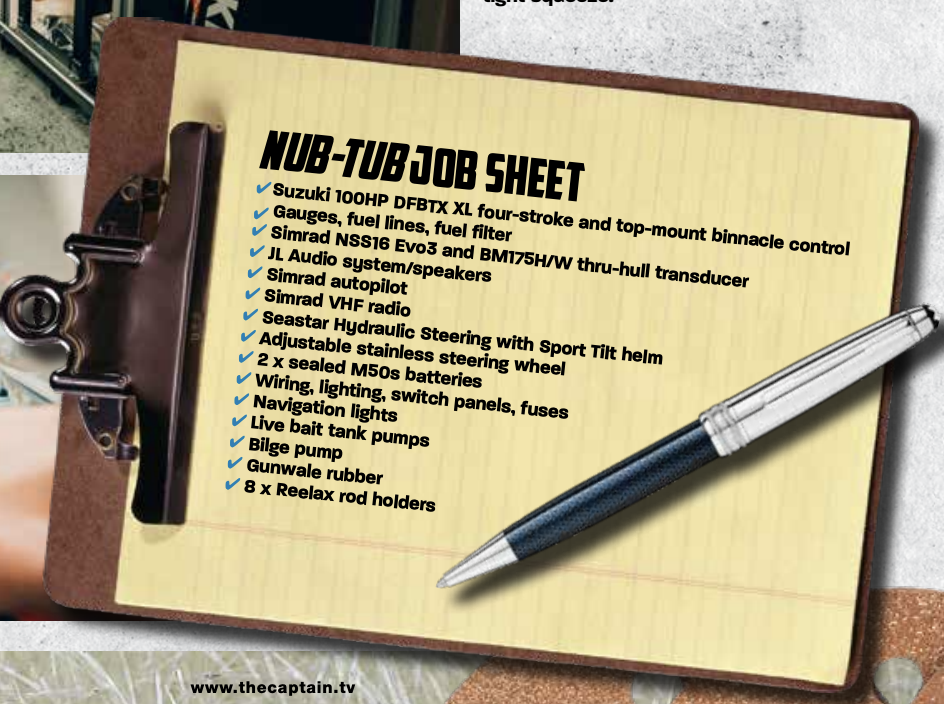
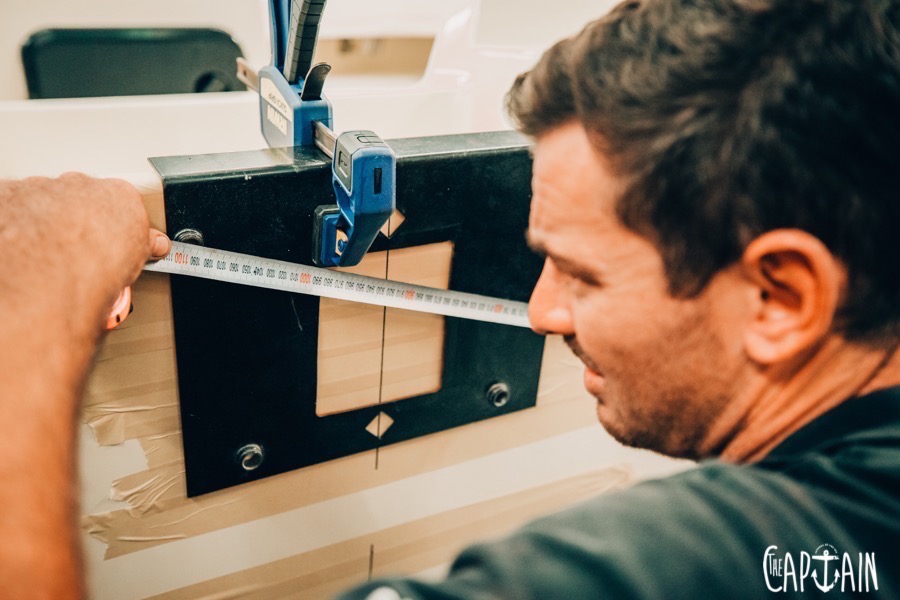
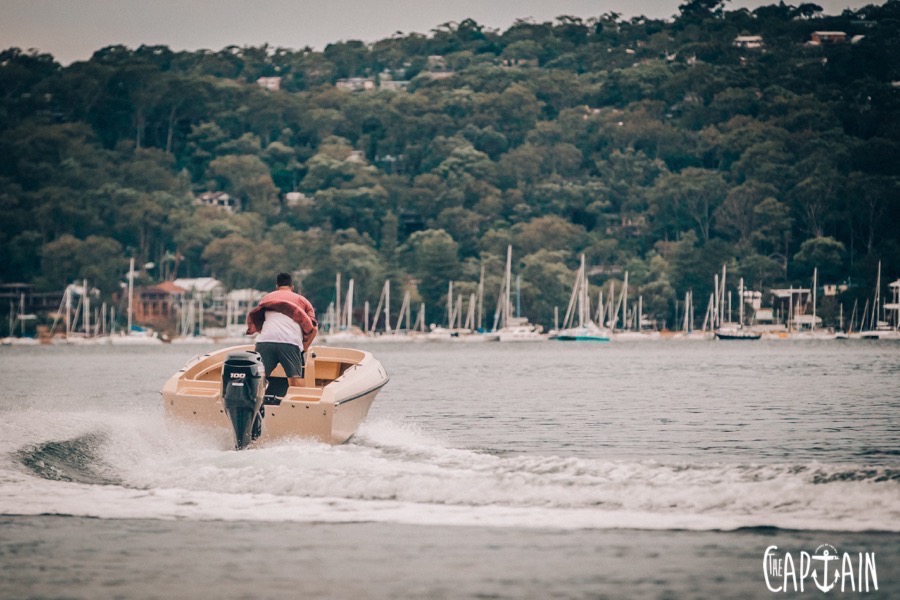







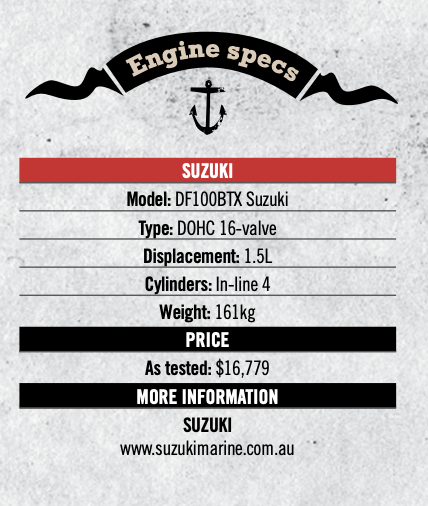
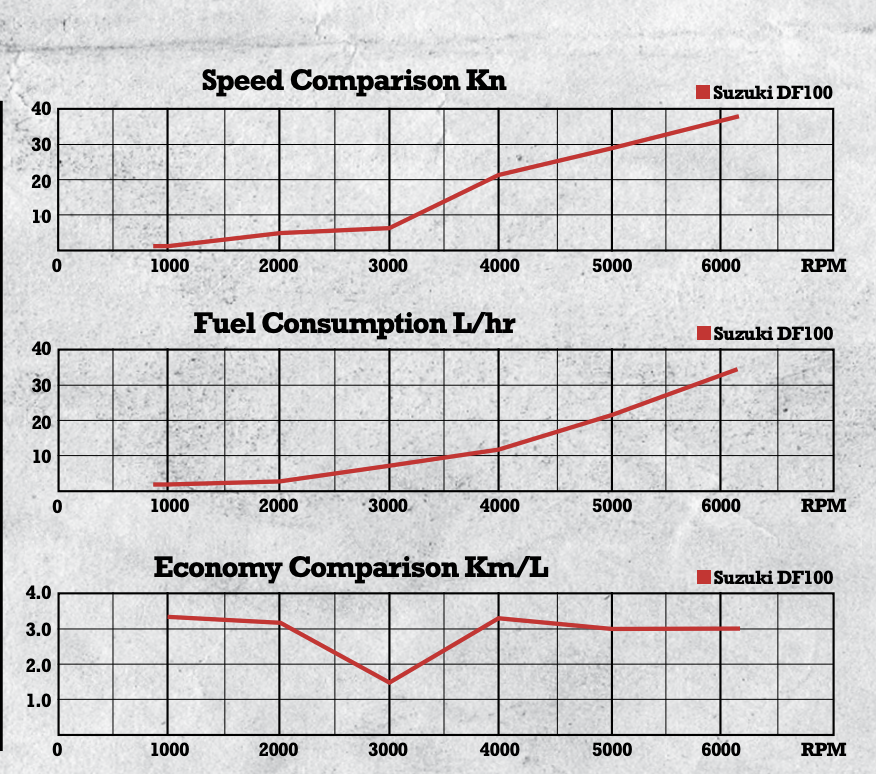

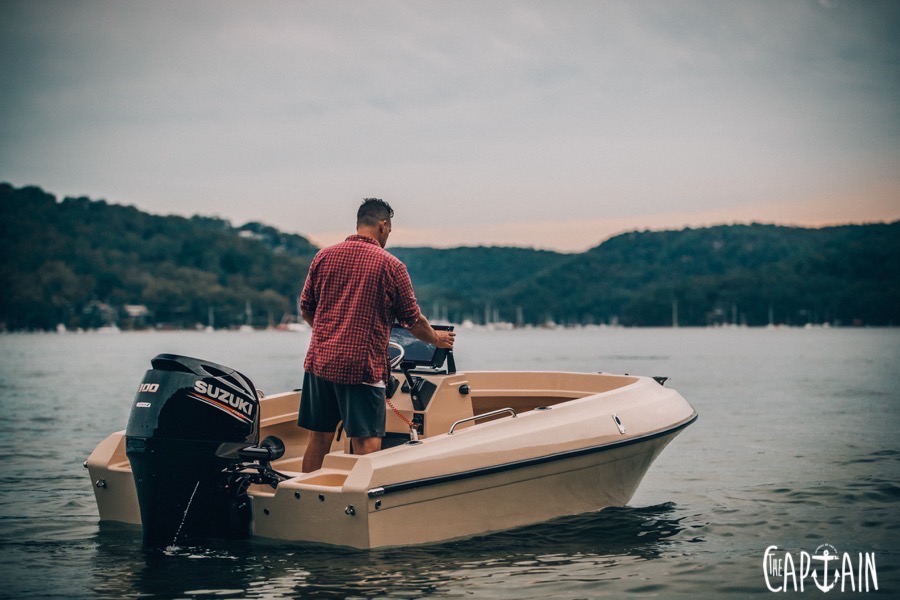





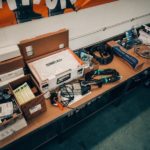
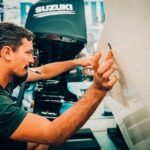
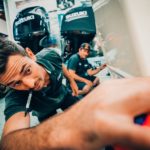
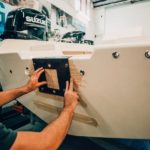
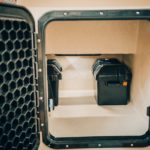
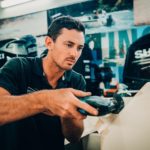
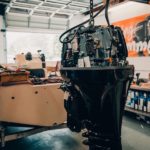
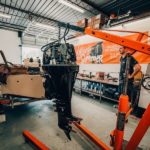
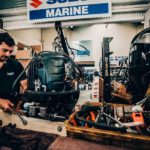
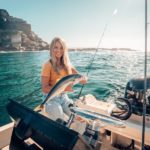
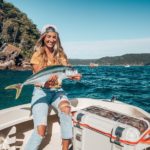
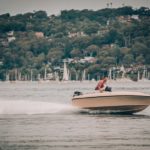
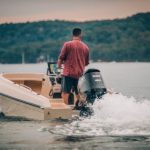
Recent Comments